The biggest lie in owning a boat is that it will result in more fishing. In my experience, it’s only led me to more time on the oars, vicariously fishing through the angler up front. Leaving me to chomp at the bit, some would say. Having a couple buddies that can row helps. On a drizzly day in March, I was lucky enough to find myself between the leg locks on the front of my drift boat looking forward to some spring fly fishing in Montana. Skwala stoneflies clumsily fluttered past us and crashed into the rushing water below. A silhouette appeared from under the bank and, quicker than the dark olive stonefly could recover, a sudden gulp took the insect back to the depths. Days like these are enough to spoil any angler, on or off the sticks.
Skwalas, like other stoneflies, can live for years clinging to stones and wood on the river bed before crawling to the shore to emerge as adults. What ensues is a miraculous display of fluttering stoneflies stumbling about or crashing into the riverbank. Shortly after, they return to the river’s surface to lay their eggs–– and trout take notice in a big way.
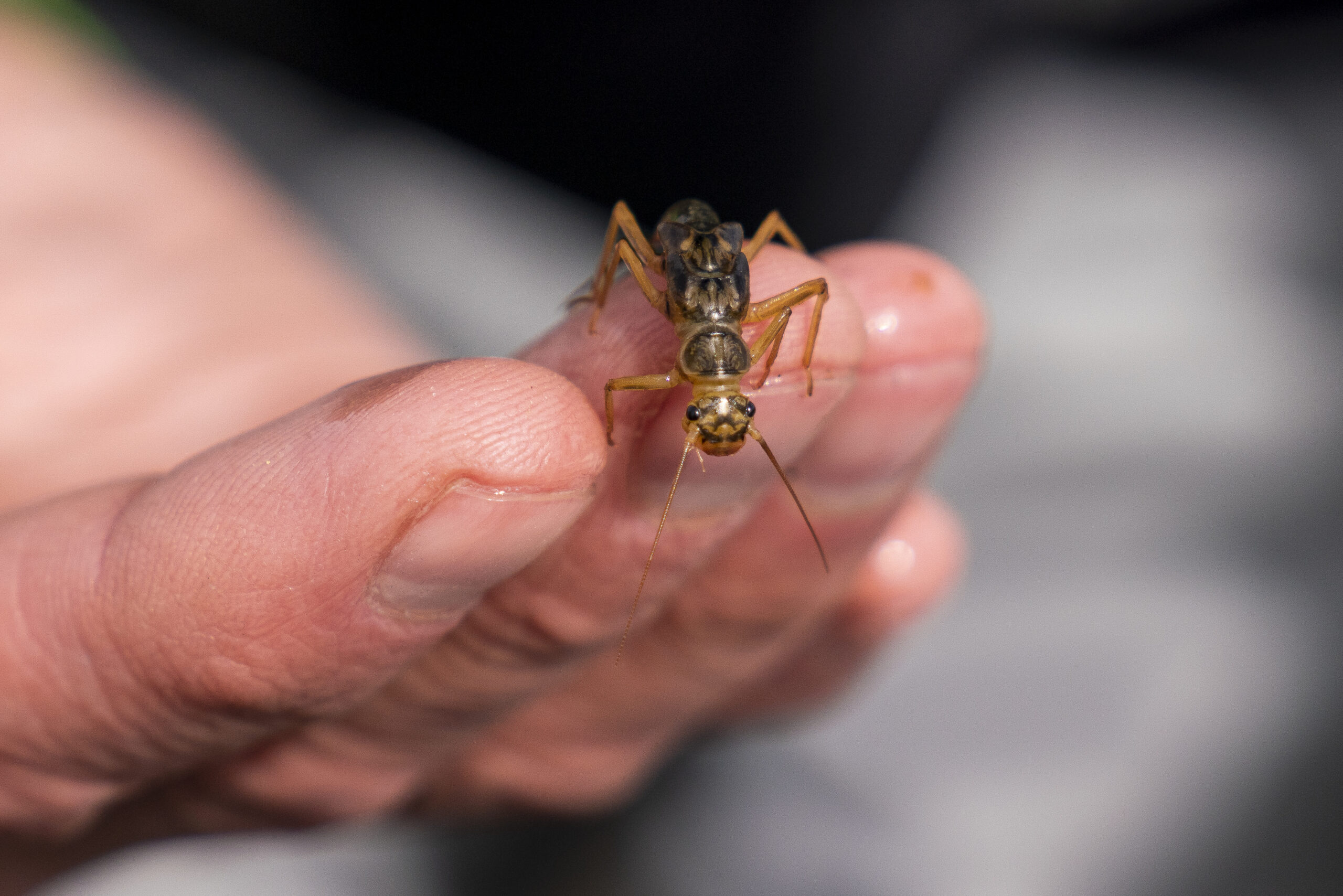
We were several runs down from the launch before I felt confident with my dry fly fishing after a long winter watching bobbers. I reached a long cast with my Winston AIR 2 from the boat, laying two dry flies upstream of a deep shelf. My buddy back rowed frantically and I scoured the bank just below my flies. Nothing. Confused but not yet defeated, I brought a cold beer to my lips, dragging my fly unnaturally across a now shallow tailout.
“There he is,” my buddy yelled, his tone clearly indicating I had missed something. I lifted my rod and came tight.
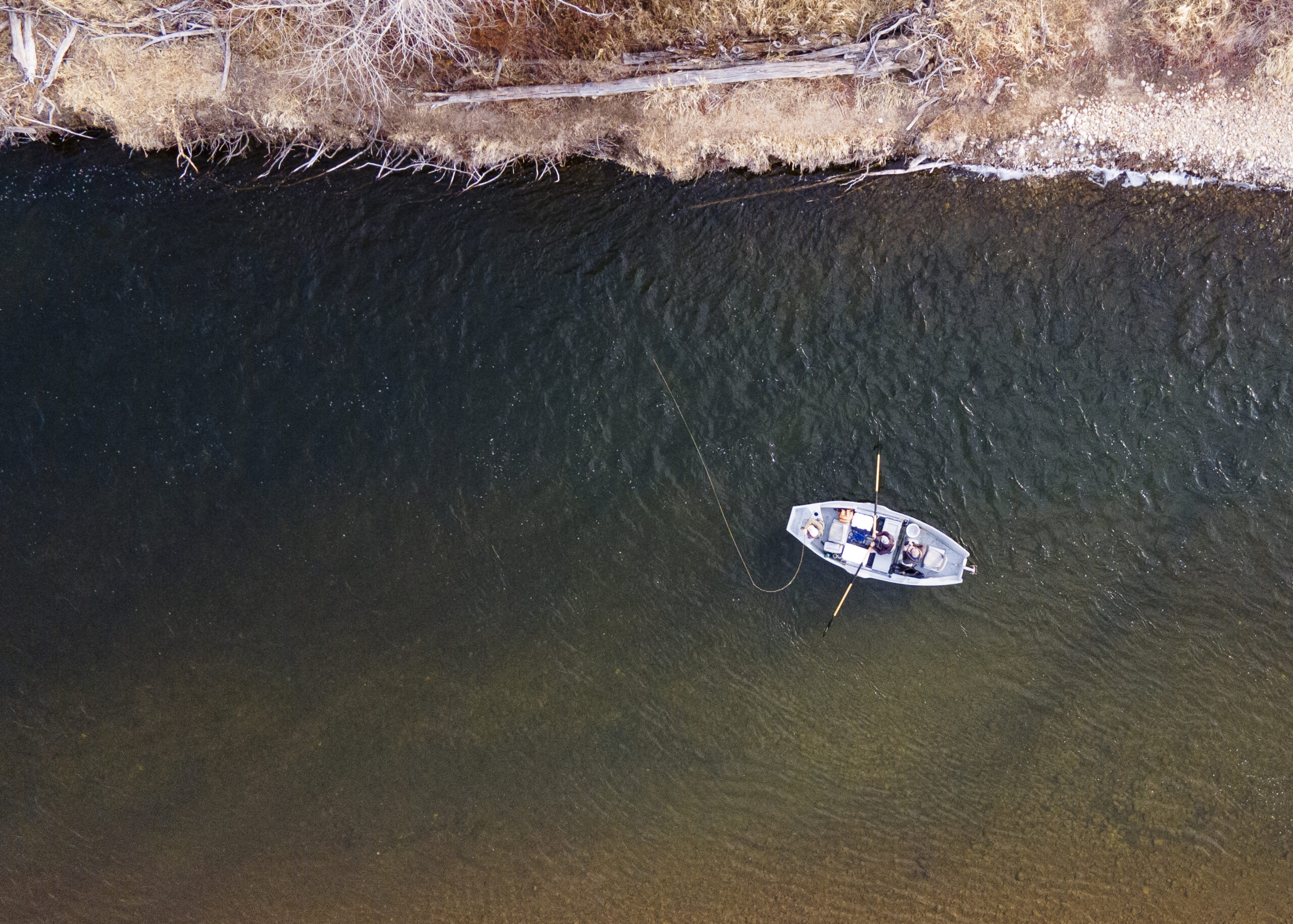
Missoula fly fishing in spring is synonymous with the skwala hatch. Thermometers slowly begin to show temperatures consistently above freezing, as a winter’s worth of snowpack begins to trickle down and replenish our freestone rivers. In turn, the fishing gets flipped entirely on its head. Some of the earliest dry fly fishing in the West can be found in Missoula’s backyard. Flows increase and the rivers return to ideal levels, while insects spew from the river bottom. The result is a beautiful, dry-fly-filled paradox: when the fishing is chaotic, it’s good. And when it’s good, it gets chaotic.
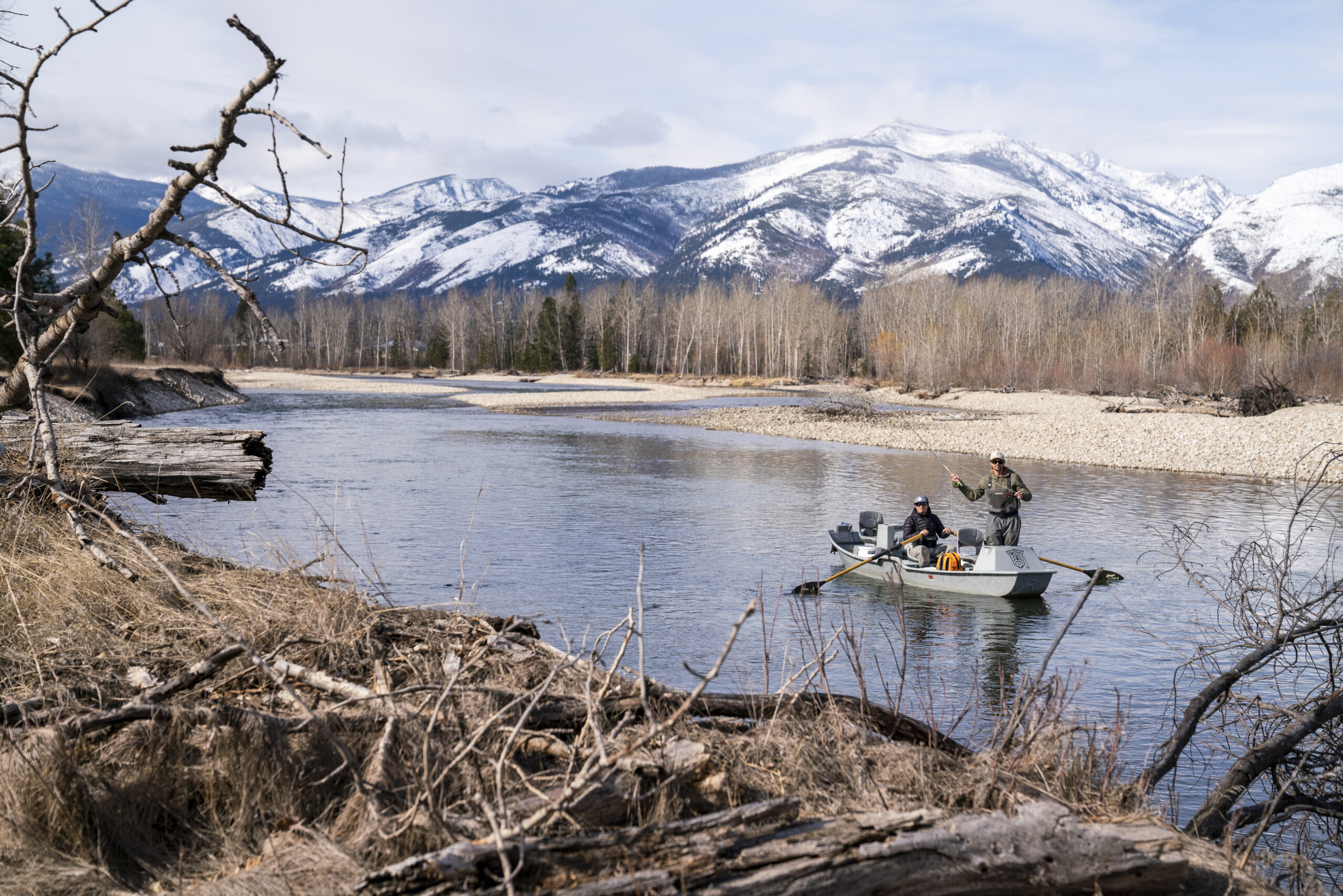
On paper, skwala fishing hardly makes sense. The foam dry flies you once relegated for warm afternoons in July suddenly take priority in your spring fly box. It’s not until you’re out there on a brisk March afternoon, knee-deep in a cold, swift freestone river with fish destroying stoneflies, that you realize the novelty that is the Missoula Skwala Hatch. For roughly six weeks in March and April, excellent dry fly fishing opportunities emerge among dynamic conditions. Spring in Missoula is one of the only times and places where you can have excellent dry fly fishing on bluebird days and in blizzards alike. Skwalas are the highest source of protein for hungry trout after their long winter interlude, and big rewards can be found by those brave enough to weather the conditions. The running joke in Montana is that if you don’t like the weather, just wait five minutes. That’s more than true this time of year, and the best way to experience it for yourself is on the bow of a drift boat.
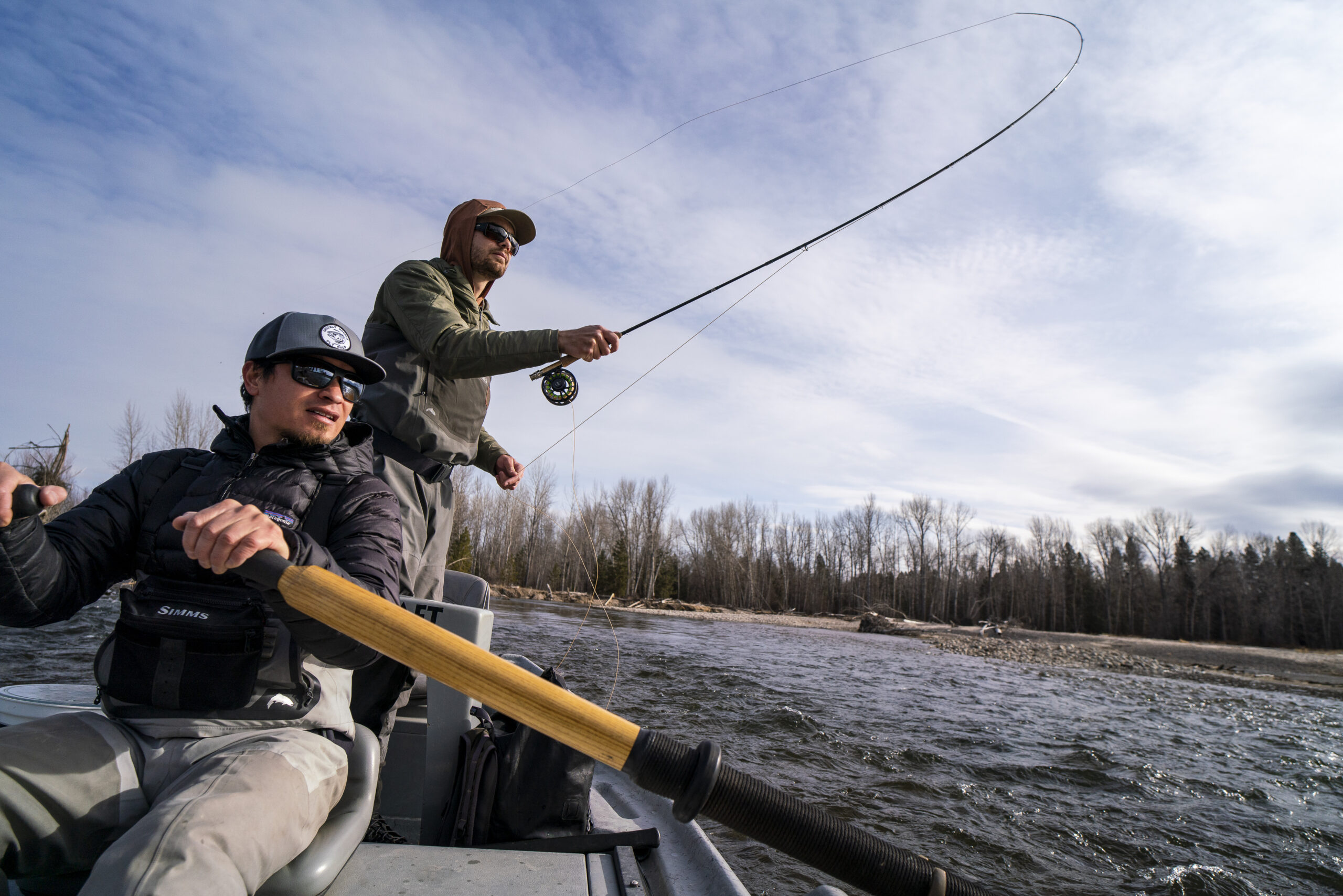
Adapting to dynamic conditions while spring fly fishing is critical when fishing the skwala hatch. Trout are typically “dumber” as they begin to key in on these adults, and slowly become more selective as the hatch progresses. Many anglers anticipate clouds when fishing the skwala hatch, but clarity and weather conditions are significantly less important and predictable when compared to the summer months. Instead, a diverse selection of flies and gear is vastly more important.
A big trout is a clumsy skwala’s worst nightmare. Mature trout move into shallower and tricky feeding spots to pick off as many skwalas as possible while these insects make their trips to and from the riverbank. Eager trout gorge themselves on adult skwalas because they are easy targets and plentiful in Missoula’s rivers like nowhere else. Unlike the winter months, a big bump in flows opens the door on new holding water for these fish. One day they are holding tight to the bank and the next day they’re not. It’s this challenge, among others, that anglers love about the skwala hatch. Nothing is a given this time of year.
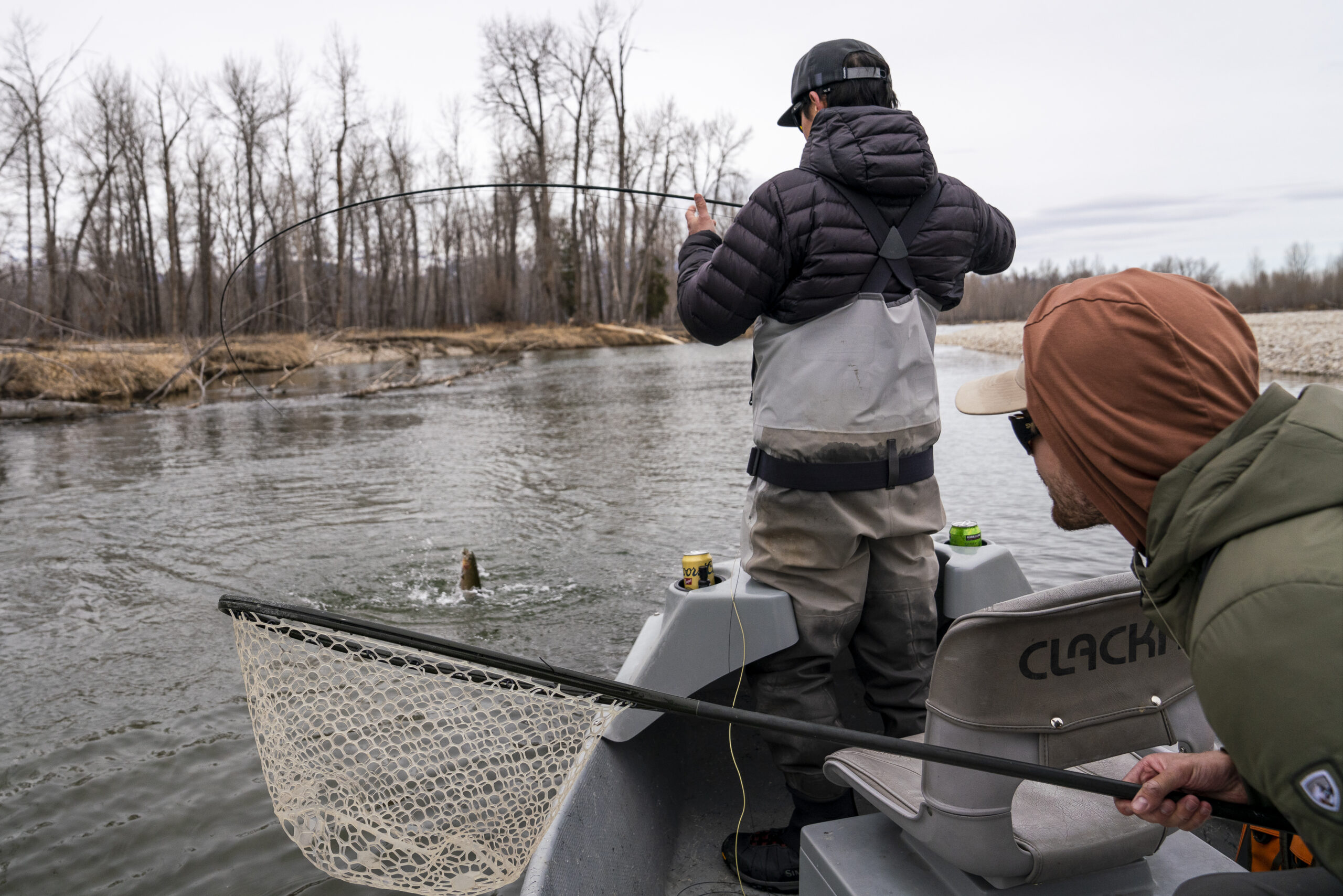
My buddy netted the fish and brought us to shore. When the trout are eating dry flies in March, even the small fish surprise you. Happy, healthy fish in fast water put a hefty bend in any rod. We released the small cutthroat and cycled through our boat positions, leaving me in the rower’s seat again. I would have been content to sit back and enjoy the view, too, if my buddy hadn’t hooked into a big brown before I pulled the anchor up. He laughed and the fish rolled with big, lumbering headshakes. Holding my breath and tongue, I grabbed the net and he maneuvered the fish to the boat. I scooped and he scored– a mature male measuring well over 20”.
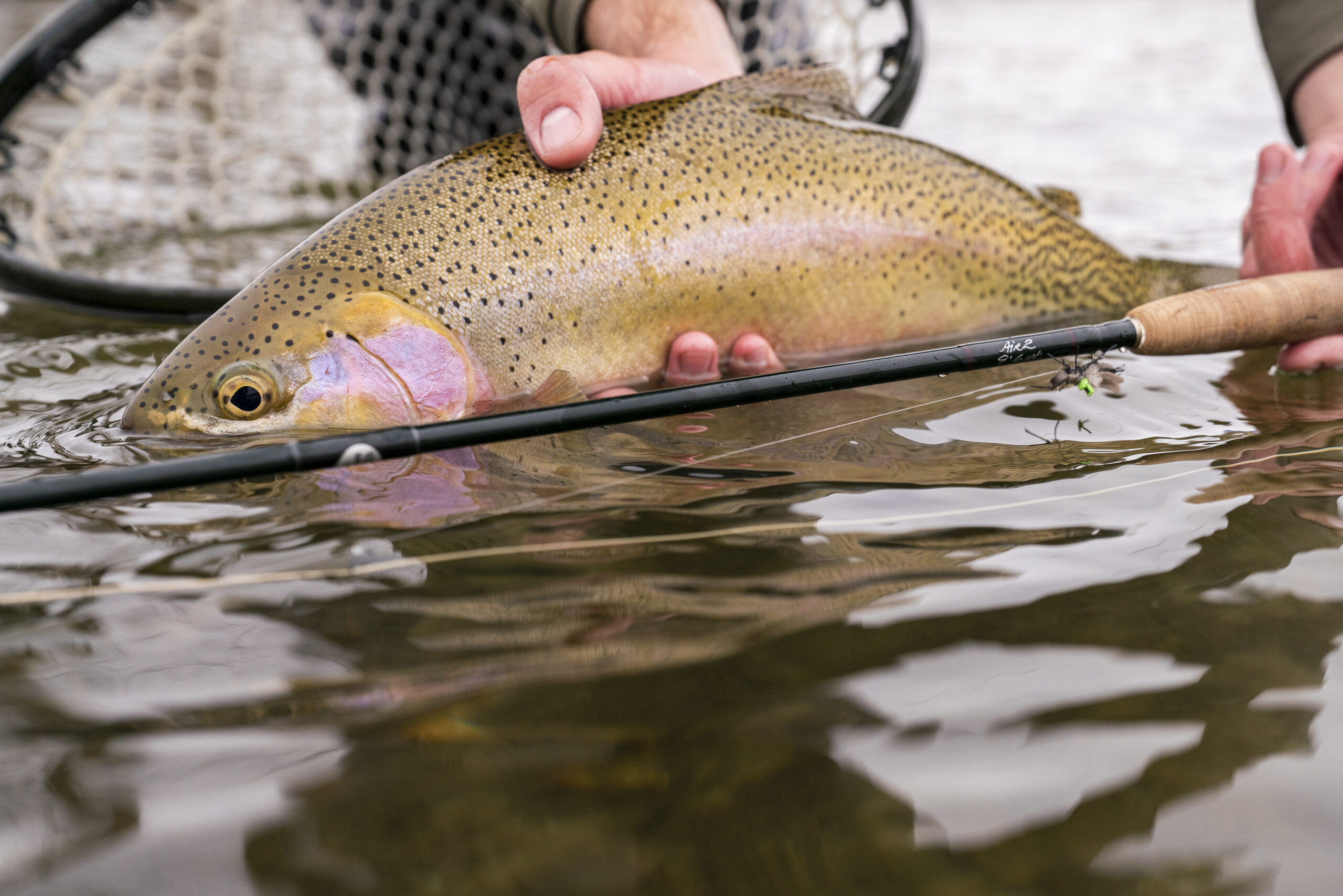
There’s nothing that compares to skwala dry fly fishing in my book. Unlike the rest of the year, it seems like the brown, rainbow and cutthroat trout that call our rivers home are significantly less predictable. Like the locals, our trout eagerly anticipate the longer days, warmer spring nights and the stoneflies that accompany them. Rain, snow or shine, skwalas kick off their annual big hatch in early spring, laying the groundwork for some of the earliest and craziest dry fly fishing of the year.
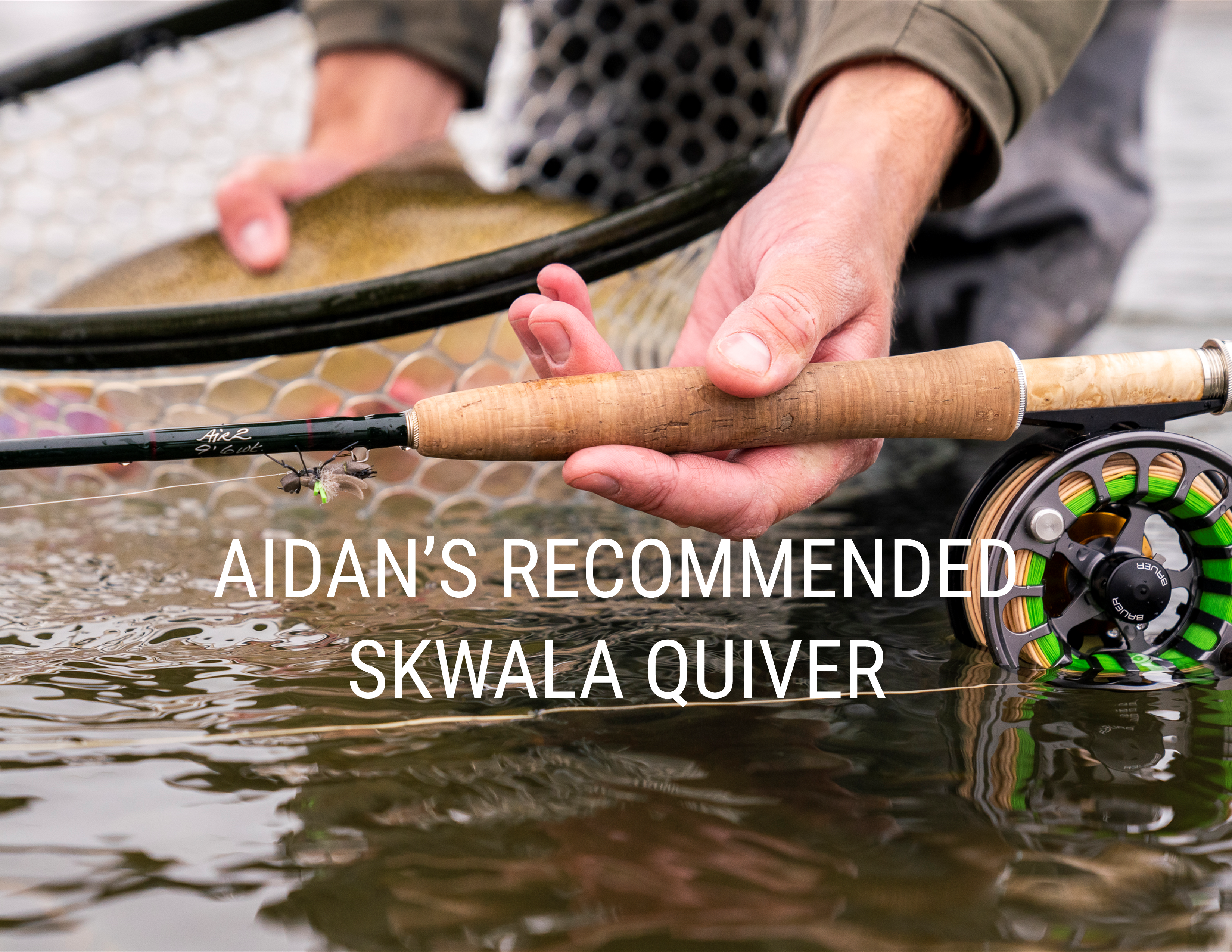
For the skwala hatch, you need a rod that can punch through wind yet deliver flies delicately. Winston’s Air 2 was made for such occasions. A 9’ 5 or 6wt. Air 2 has enough backbone and speed to deliver one or two foam flies from the boat or on foot to hard to reach places, without sacrificing any feel or presentation. To balance the Winston AIR 2, the Bauer RX 3 is the perfect compliment, with a smooth drag, and reliable performance, to land, perhaps, the largest trout of the spring fishing season.
ABOUT AIDAN:
Born and raised in Montana, Aidan moved around the state before landing in Missoula to attend the University of Montana. He grew up fishing grasshoppers to hungry trout in the canal by his house and jigging for walleye in Eastern Montana. He graduated with a bachelor’s degree in journalism and wilderness studies in 2021. When not in the shop, Aidan can be found experimenting at his tying desk, chasing sheds and upland birds in the plains, and sharing laughs and cold ones with friends in his drift boat. Aidan works with Missoula, Montana’s Grizzly Hackle Fly Shop, a premier Winston retailer.


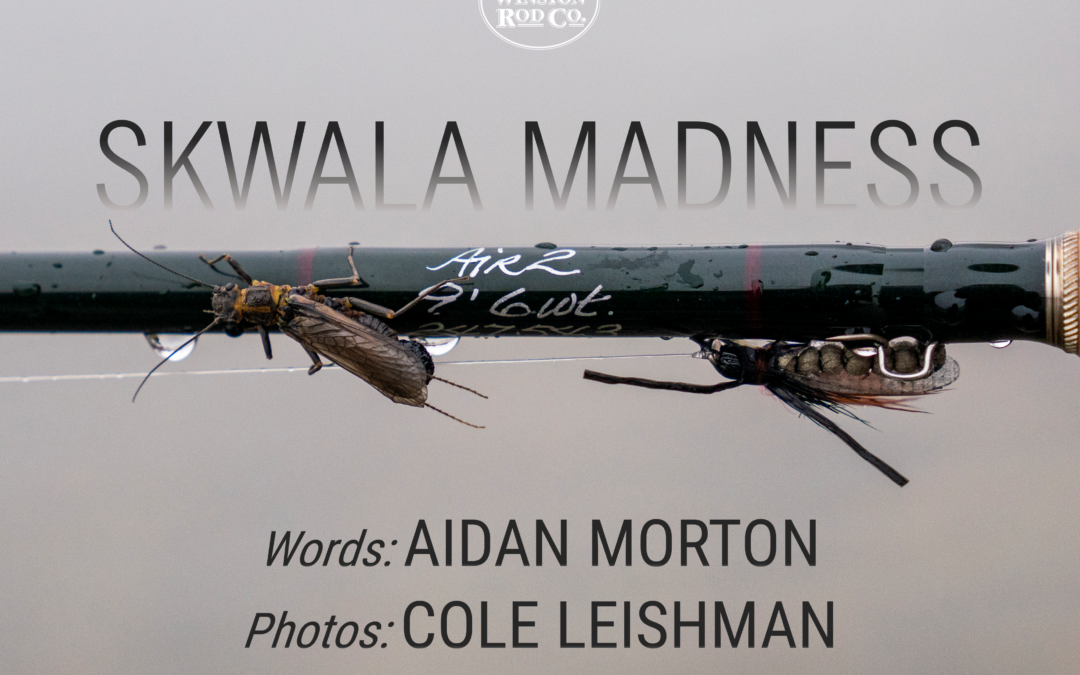

Loved your blog. A gal friend and I had 2 great days on the Bitterroot in Hamilton on April 7 & 9. Size 10 Skwala imitation. Our guide was Alex Hibala.
Fantastic article